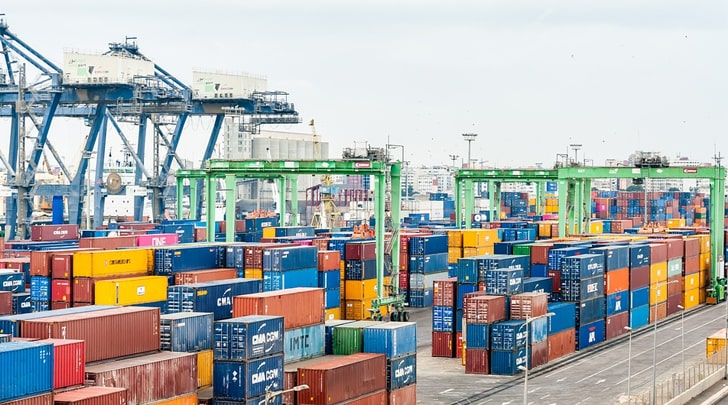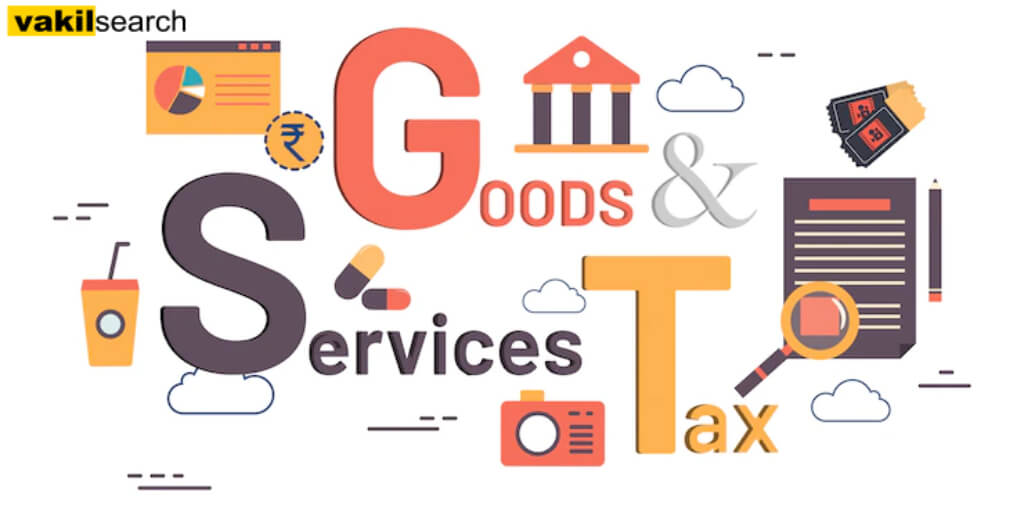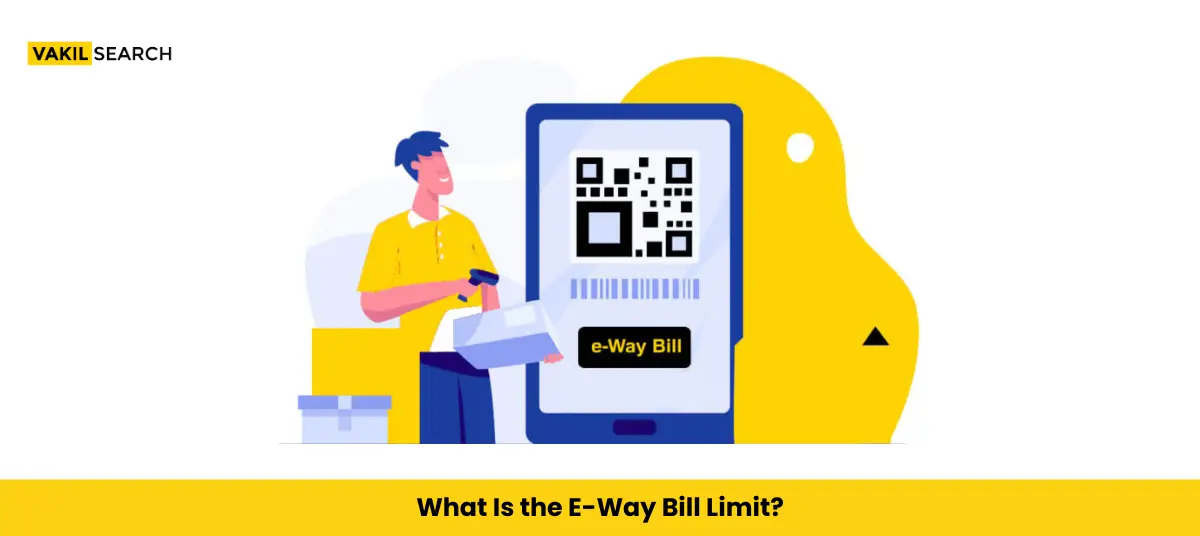The amount, buyer, and delivery address of the transported products are included in the delivery challan, which is sent with the items in accordance with GST. This document is produced by the provider when a sale of products or services is delayed or when paying for the transported goods is not made at the time of supply. Let’s get into detail.
In the day-to-day communication between the buyer and the seller, a Delivery Challan Format plays a significant aspect. Section 31 of the CGST Act 2017, it affirms that a person who is registered to supply or transport goods or products that are taxable needs an invoice indicating the quantity and other details. Likewise, for shipping and transportation of goods, the delivery challan is a must.
Delivery challan otherwise called the dispatch challan is a piece of formal document that holds up all the knowledge about the delivery of the product such as quality, quantity, and description. This document encompasses the delivery time, location, and time too. It is indispensable to cite that it is attached to the goods which are transported or shipped.
Methods to Issue Delivery Challan:
According to section 55 (2) of CGST Rules, it need to be sent as triplicates.
Sometimes, at least four copies have to be printed:
- For the accounts department
- Additionally, the sales department ( seller ) for maintaining a record
- For the buyer
- For the transporter
Format
The format or contents written on a delivery Challan are sure to be interesting after learning what it actually is. The delivery Challan format has a few important features. Let’s get to know the precise and accurate details in the delivery challan:
- Date
- Serial number
- The supplier’s number of the person registered
- Name and address of the supplier
- Quantity and other details about the particular goods including the HSN number of the product.
- Transporter or the consignor’s details which include name and address
- The venue of the delivery
- Signature
In order to procure an errorless delivery challan, make sure that you write all the descriptions, taxable value, the HSN number, and the GST, and CGST details accurately.
Of all, the registration number is the most important key factor in the delivery challan. It helps in identification and is also helpful for further future references.
When Should the Delivery Challan be Issued?
There are many situations and solutions to this question. Let us see all the possibilities:
- If the supplies have approval
- Additionally, if the business place of the supplier does not disclose to the person receiving such goods
- Goods that ship to workplaces
- Shipping or transporting huge goods such as dice, machinery, etc.
- During the time of dispatch, if the number of goods or products is not determined. For instance, Liquid gas
- Additionally, semi-assembled goods if being transported or if the goods are in part
One of the reasons behind the success of the leading enterprises is that they maintain the records neatly.
Unlock financial clarity with a click! Our GST Calculator is your key to accurate tax estimates. Start optimizing your finances now!
Important Places Where Delivery Challan Is A Must
- Approval based goods
- Shipping artwork to galleries
- For exhibition purposes, while transporting goods
- While export promotion
- Further, shipping or transportation of goods in multiple shipments
- During the time of removal, if a tax invoice is not issued
- E-Way bill GST online: https://www.gst.gov.in/
Meaning of Delivery Challan
A delivery challan is a document that provides a record of the goods being transported from one place to another. It typically includes essential details about the items being delivered, such as their description, quantity and any other relevant information.
It is usually generated at the time of dispatch or delivery of goods. It is crucial as it is useful for tracking the movement of goods and services especially when a formal sale may or may not occur.
Businesses Using Delivery Challans
They are commonly used by a wide range of businesses, especially in industries where the movement of goods is a regular part of operations. Here are some businesses and industries that frequently use delivery challans:
- FMCG companies often use them for the distribution of their products to retailers, distributors, and wholesalers. This includes items like food, beverages, toiletries, and household goods.
- Businesses in the textile industry frequently have multiple warehouses and distribution centres. Delivery challans help track the movement of textiles, garments, and apparel between these locations.
- Furniture manufacturers and suppliers use delivery challans when delivering furniture, home decor items and furnishings to customers, showrooms or retailers.
- Wholesalers of electronic and electrical products often use delivery challans to record the movement of items to and from their warehouses or when making deliveries to retailers and customers.
- Various manufacturing industries, such as automotive, machinery, and industrial equipment businesses, use delivery challans for the transportation of parts, components and finished products between different production units or to customers.
- Jewellery manufacturers and gemstone dealers often use delivery challans when sending items for grading, certification or repair.
- Pharmaceutical companies use delivery challans for the distribution of medicines and pharmaceutical products to stockists, retailers and medical institutions.
- Businesses involved in supplying construction materials like cement, steel, bricks and other building supplies often use delivery challans for their deliveries to construction sites and customers.
- Caterers and food suppliers use delivery challans to record food deliveries to events, restaurants or catering venues.
In essence, any business that engages in the movement of goods, whether for sale, processing, distribution, or any other purpose, can benefit from using delivery challans and ensure efficient logistical management.
Important GST Rules
Rule 55 (2) of the CGST Rules mandates the issuance of delivery challans in triplicate. The original copy is for the buyer, the duplicate for the transporter, and the triplicate for the seller. This ensures proper documentation and compliance with GST regulations during goods transportation.
Differences Between Tax Invoice and Delivery Challan
| Tax Invoice | Delivery Challan |
| Is proof of ownership which creates legal responsibilities | Does not create proof of ownership or legal responsibilities |
| Denotes the actual value of goods | Is an acknowledgement of receipt of goods |
| Acts as proof that a transaction has taken place | May or may not result in a sale |
| Includes the value of goods along with applicable taxes | Includes the rate of a product but not the complete value of the sale |
Conclusion:
Additionally, it’s crucial to remember that a delivery challan must have a serial number. This is so that a challan may be easily identified and located using its serial number. Furthermore, the delivery challan should include the business’s address in circumstances when the recipient of the products is not registered. Still, have doubts to clarify? Connect Vakilsearch today for more details. Their experts will take you through the process personally!
What is the difference between a delivery Challan and a delivery Note?
A delivery challan is a document that contains details of the products in a particular shipment, while a delivery note is a document that accompanies a shipment of goods and provides a list of the products and quantity of the goods included in the shipment.
What is a non-returnable delivery challan?
If a non-returnable gate pass is included with the delivery challan, it means that the goods have been delivered permanently and cannot be returned.
What is a returnable challan?
A returnable challan is a document that is issued when goods are transported from one place to another, and the goods are expected to be returned to the sender after a certain period.
Can we make an e-way bill using a delivery challan?
Yes, an e-way bill can be generated using a delivery challan. However, an invoice serves as the official record of the transfer of ownership of the products or services, together with all the associated risks and liabilities.
What is a returnable challan?
A returnable challan is a document issued by a supplier to transfer goods temporarily to another party with the expectation of their return within a specified timeframe. It serves as proof of the transfer of goods and outlines the terms and conditions of return.
What is the difference between a delivery note and a delivery challan?
A delivery note is a document issued by a seller to accompany goods being delivered to a buyer. It provides details such as the description of goods, quantity, and any special instructions. A delivery challan, on the other hand, is a document used in the transportation of goods for the purpose of delivery or movement, typically without involving a sale transaction.
What is the difference between a delivery challan and an invoice?
A delivery challan is a document that accompanies goods being transported, providing details such as the description of goods, quantity, and sender/receiver information. An invoice, on the other hand, is a document issued by a seller to the buyer, detailing the sale transaction, including the goods or services provided, their quantity, price, taxes, and payment terms.
How is an e-way bill different from a delivery challan?
An e-way bill is an electronic document required for the movement of goods valued at over a specified threshold under the Goods and Services Tax (GST) regime in India. It contains details such as the goods being transported, their value, and the parties involved in the transaction. A delivery challan, on the other hand, is a physical or electronic document used for the transportation of goods, providing details such as the description of goods, quantity, and sender/receiver information.
How to generate an e-way bill for a delivery challan?
To generate an e-way bill for a delivery challan, the transporter or supplier needs to log in to the e-way bill portal and enter the relevant details such as the challan number, date, and details of the goods being transported. Once the required information is entered, the system generates an e-way bill with a unique e-way bill number.
What is written on a delivery challan?
A delivery challan typically includes details such as the name and address of the sender and receiver, description of goods being transported, quantity, mode of transportation, and any other relevant instructions or terms of delivery.
Is delivery challan mandatory?
The requirement for a delivery challan depends on the nature of the transaction and applicable regulations. In certain cases, such as the transportation of goods without a sale transaction, a delivery challan may be mandatory to accompany the goods during transit.
What is the difference between an e-way bill and a delivery challan?
An e-way bill is a mandatory electronic document required for the movement of goods valued at over a specified threshold under the GST regime in India. It contains details such as the goods being transported, their value, and the parties involved. A delivery challan, on the other hand, is a document used for the transportation of goods, providing details such as the description of goods, quantity, and sender/receiver information. While both serve similar purposes in facilitating the movement of goods, an e-way bill is a statutory requirement under GST, whereas a delivery challan may be used in various other transportation scenarios.
Read More:










